Home>Home Appliances>Laundry Appliances>What To Put Under A Washing Machine
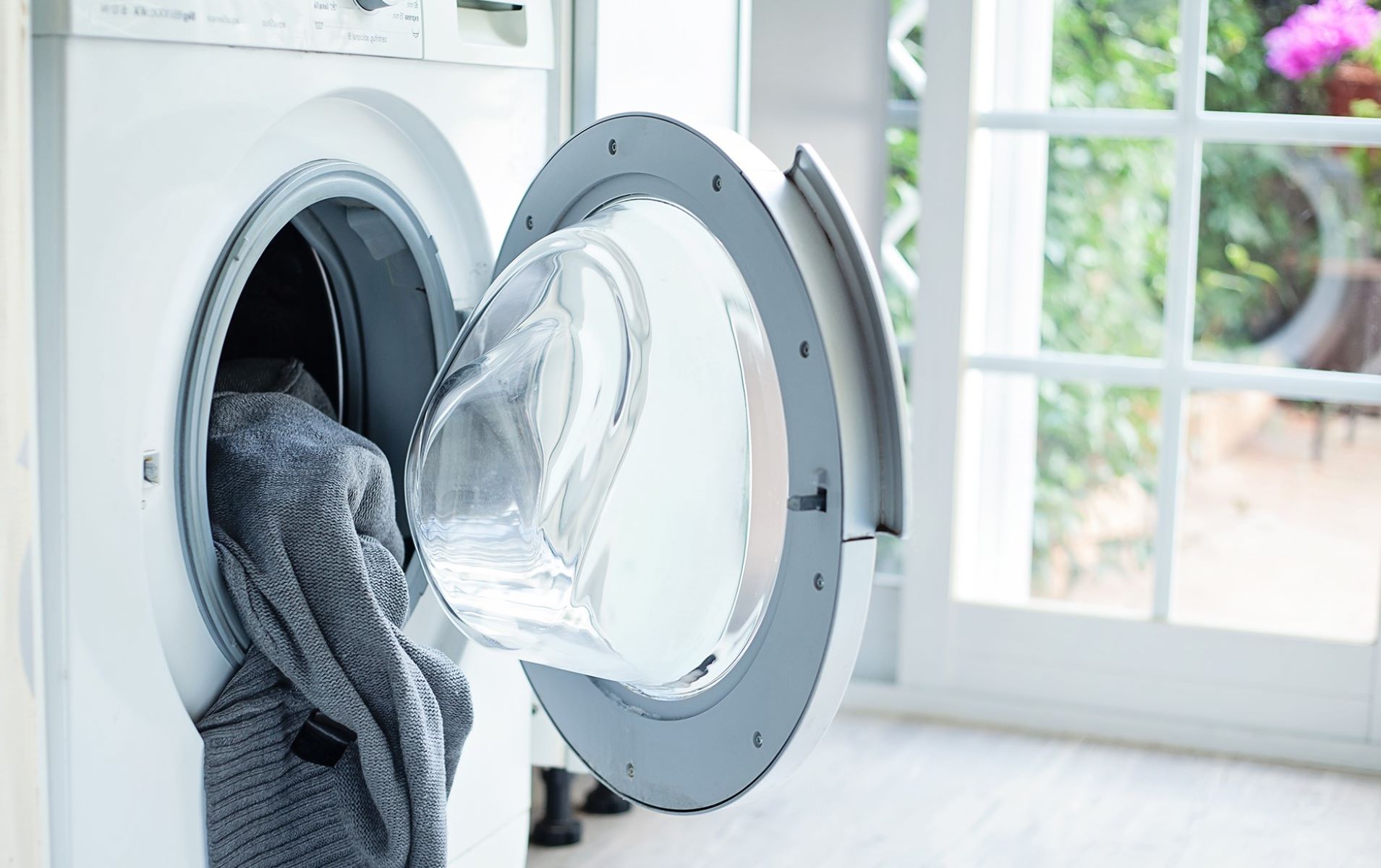

Laundry Appliances
What To Put Under A Washing Machine
Published: February 22, 2024
Discover the best options for what to put under a washing machine to protect your floors and ensure smooth operation. Explore various solutions for laundry appliances.
(Many of the links in this article redirect to a specific reviewed product. Your purchase of these products through affiliate links helps to generate commission for Storables.com, at no extra cost. Learn more)
The Importance of a Washing Machine Base
A washing machine is an essential appliance in any household, tirelessly working to keep our clothes clean and fresh. However, to ensure its optimal performance and longevity, it's crucial to provide it with a stable and reliable base. The washing machine base serves as a sturdy foundation, offering support and stability to the appliance during its operation. Here's why a washing machine base is of utmost importance:
-
Vibration Reduction: Washing machines are notorious for their vigorous spinning and vibrating motions during the laundry cycles. Without a solid base, these movements can cause the appliance to shift, wobble, or even "walk" across the floor, leading to potential damage and safety hazards. A well-constructed base effectively absorbs and minimizes these vibrations, keeping the machine steady and secure.
-
Floor Protection: Placing a heavy washing machine directly on the floor can result in scratches, dents, and other damages to the surface. Over time, this can compromise the integrity of the flooring, especially in the case of delicate materials such as vinyl or hardwood. By utilizing a base, the weight of the machine is evenly distributed, safeguarding the floor from wear and tear.
-
Noise Reduction: The rattling and rumbling produced by a running washing machine can be a source of disturbance, especially in homes with open floor plans or shared living spaces. A well-designed base helps to dampen the operational noise, creating a quieter and more peaceful environment for everyone in the household.
-
Improved Air Circulation: Elevating the washing machine with a base allows for better airflow around the appliance, preventing the accumulation of dust and moisture underneath. This not only promotes a cleaner and more hygienic laundry area but also contributes to the overall maintenance of the machine.
In essence, a washing machine base is not merely an optional accessory but a fundamental component that enhances the performance, longevity, and safety of the appliance. Whether it's reducing vibrations, protecting the floor, minimizing noise, or optimizing airflow, the benefits of a well-constructed base are undeniable. By investing in a suitable base, homeowners can ensure that their washing machine operates at its best while preserving the integrity of their living space.
Key Takeaways:
- Give your washing machine a stable base to reduce vibrations, protect the floor, minimize noise, and improve airflow, ensuring optimal performance and longevity.
- Consider materials like steel, rubber, plastic, wood, or composite for a washing machine base. DIY options include wooden frames, concrete blocks, pallets, rubber mats, or hybrid designs.
Read more: What To Put In Washer For Self Clean
Types of Materials for Washing Machine Bases
When it comes to selecting the ideal material for a washing machine base, several options are available, each with its unique characteristics and benefits. The choice of material plays a pivotal role in determining the base's durability, stability, and overall performance. Here are some common materials used for washing machine bases:
-
Steel: Known for its exceptional strength and resilience, steel is a popular choice for washing machine bases. Steel bases provide robust support, effectively dampening vibrations and ensuring the stability of the appliance during operation. Additionally, steel is resistant to corrosion, making it suitable for environments prone to moisture and humidity.
-
Rubber: Rubber is widely favored for its shock-absorbing properties, making it an excellent material for washing machine bases. Rubber bases effectively minimize vibrations and noise, creating a quieter laundry environment. Furthermore, the flexibility of rubber allows it to adapt to uneven surfaces, ensuring a secure and level foundation for the washing machine.
-
Plastic: Lightweight yet durable, plastic washing machine bases offer ease of handling and installation. These bases are often designed with adjustable feet, allowing for precise leveling on uneven floors. Additionally, plastic bases are resistant to rust and corrosion, making them suitable for long-term use in laundry areas.
-
Wood: Wooden bases provide a classic and sturdy foundation for washing machines. Treated wood, such as pressure-treated lumber, offers resistance to moisture and decay, making it suitable for laundry room environments. Wooden bases can be customized to fit specific dimensions and are often chosen for their aesthetic appeal and natural warmth.
-
Composite Materials: Some washing machine bases are constructed using composite materials, combining the advantages of different substances. These bases may feature a blend of materials such as fiberglass, resin, or polymers, offering a balance of strength, flexibility, and resistance to environmental factors.
When considering the material for a washing machine base, it's essential to assess factors such as the weight of the appliance, the flooring type, and the level of vibration reduction required. Additionally, the material's resistance to moisture, durability, and ease of maintenance should be taken into account to ensure the longevity and effectiveness of the base.
By understanding the characteristics of various materials and their suitability for specific needs, homeowners can make informed decisions when selecting a washing machine base that best complements their appliance and laundry space.
DIY Washing Machine Base Options
Creating a DIY washing machine base can be a rewarding and cost-effective solution for homeowners seeking to enhance the stability and performance of their laundry appliances. With a variety of materials and design approaches available, DIY enthusiasts can customize a base that meets their specific requirements while showcasing their creativity. Here are several DIY washing machine base options to consider:
1. Wooden Frame Base
Constructing a wooden frame base provides a sturdy and customizable foundation for a washing machine. By using pressure-treated lumber or plywood, DIY enthusiasts can build a frame that accommodates the dimensions of the appliance. The frame can be reinforced with cross-bracing for added stability and fitted with adjustable feet to ensure proper leveling on uneven floors.
2. Concrete Block Base
Utilizing concrete blocks to create a DIY washing machine base offers exceptional durability and weight-bearing capacity. By arranging the blocks in a stable configuration, such as a grid or stacked pattern, homeowners can effectively distribute the weight of the appliance and minimize vibrations. Additionally, the open design of the blocks allows for improved airflow, contributing to better ventilation around the washing machine.
3. Pallet Base
Repurposing wooden pallets into a DIY washing machine base presents an eco-friendly and budget-conscious option. By securely fastening the pallets together and adding a solid top surface, homeowners can create a rustic yet functional base for their appliance. The slatted design of the pallets facilitates airflow and moisture control, while the base can be customized with wheels for easy mobility.
4. Rubber Mat Platform
For a simple yet effective DIY solution, a heavy-duty rubber mat can be repurposed as a washing machine base. The mat provides excellent shock absorption, reducing vibrations and noise during the machine's operation. By placing the washing machine on top of the rubber mat, homeowners can quickly and affordably enhance the appliance's stability while protecting the floor surface.
5. Combination Base
Combining different materials such as wood, rubber, and steel, DIY enthusiasts can create a hybrid washing machine base that leverages the unique properties of each material. For example, a base may feature a wooden frame with rubber padding and steel reinforcements, offering a balance of strength, vibration reduction, and floor protection.
When embarking on a DIY washing machine base project, it's essential to prioritize safety, stability, and the specific needs of the laundry space. By carefully planning the design, selecting suitable materials, and ensuring precise measurements, homeowners can create a customized base that not only enhances the performance of their washing machine but also adds a touch of personal craftsmanship to their home environment.
Purchasing a Washing Machine Base
When considering the purchase of a washing machine base, several factors come into play to ensure the selection of a suitable and effective foundation for the appliance. Homeowners are presented with a range of options, from standard pre-manufactured bases to specialized models designed to address specific needs. Here are essential considerations when purchasing a washing machine base:
1. Compatibility and Size:
Before making a purchase, it is crucial to ensure that the selected base is compatible with the dimensions and weight of the washing machine. The base should provide ample support and stability, accommodating the specific requirements of the appliance to prevent any potential imbalance or instability during operation.
2. Material Quality and Durability:
The material composition of the washing machine base plays a significant role in its performance and longevity. Whether opting for steel, rubber, plastic, or composite materials, it is essential to prioritize durability, resistance to corrosion, and the ability to withstand the weight and vibrations generated by the washing machine.
3. Vibration Reduction and Noise Dampening:
An effective washing machine base should excel in reducing vibrations and minimizing operational noise. Look for bases equipped with vibration-absorbing features, such as rubber padding or shock-absorbing components, to ensure a quieter laundry environment and prevent the transmission of vibrations to the surrounding area.
4. Adjustable and Leveling Capabilities:
To accommodate uneven floors or flooring materials with varying thickness, consider purchasing a base with adjustable feet or leveling mechanisms. This feature allows for precise adjustments, ensuring that the washing machine remains stable and level, regardless of the floor conditions.
Read more: What To Put Under Bathtub
5. Ease of Installation and Maintenance:
Opt for a washing machine base that offers ease of installation, with clear instructions and minimal additional hardware requirements. Additionally, consider the maintenance aspects of the base, such as its resistance to moisture, ease of cleaning, and long-term durability to support the overall maintenance of the laundry area.
6. Manufacturer's Reputation and Warranty:
When purchasing a washing machine base, it is advisable to consider the reputation of the manufacturer or brand. Look for products from reputable companies known for producing high-quality appliance accessories. Furthermore, inquire about the warranty coverage for the base, ensuring that it provides adequate protection and support in the event of any manufacturing defects or issues.
By carefully evaluating these factors and conducting thorough research, homeowners can make an informed decision when purchasing a washing machine base that aligns with their appliance's requirements and contributes to a stable, efficient, and harmonious laundry environment.
Tips for Installing a Washing Machine Base
Proper installation of a washing machine base is essential to ensure the stability, functionality, and longevity of the appliance. Here are valuable tips to guide homeowners through the installation process:
-
Leveling and Alignment: Before placing the washing machine on the base, ensure that the base itself is perfectly level and aligned with the surrounding floor. This can be achieved by using a spirit level to check for any unevenness. Adjust the base's feet or leveling mechanisms as needed to achieve a stable and level surface.
-
Secure Fastening: Once the washing machine is positioned on the base, it is crucial to securely fasten the appliance to the base to prevent any shifting or movement during operation. Follow the manufacturer's guidelines for fastening the machine to the base, using appropriate hardware and ensuring a firm connection.
-
Weight Distribution: Pay attention to the even distribution of the washing machine's weight on the base. Avoid placing excessive pressure on specific areas of the base, as this can lead to instability and potential damage. Verify that the weight is uniformly distributed to maintain the base's structural integrity.
-
Floor Protection: To safeguard the floor beneath the washing machine base, consider placing protective pads or mats between the base and the floor surface. These pads can help prevent scratches, dents, and damage caused by friction or vibrations, particularly on delicate flooring materials.
-
Air Circulation: Allow for adequate airflow around the washing machine base to prevent the accumulation of dust and moisture. Avoid obstructing the base with items or materials that could impede ventilation, as proper airflow contributes to the overall maintenance of the appliance and the surrounding area.
-
Regular Inspection: Periodically inspect the washing machine base to ensure that it remains stable and in good condition. Check for any signs of wear, damage, or loosening of fastenings, and address any issues promptly to maintain the base's effectiveness and the appliance's operational safety.
By adhering to these tips and taking the necessary precautions during the installation process, homeowners can ensure that their washing machine base provides the essential support, stability, and protection required for the optimal performance of the appliance. Proper installation not only enhances the functionality of the washing machine but also contributes to a safe and reliable laundry environment.
Frequently Asked Questions about What To Put Under A Washing Machine
Was this page helpful?
At Storables.com, we guarantee accurate and reliable information. Our content, validated by Expert Board Contributors, is crafted following stringent Editorial Policies. We're committed to providing you with well-researched, expert-backed insights for all your informational needs.
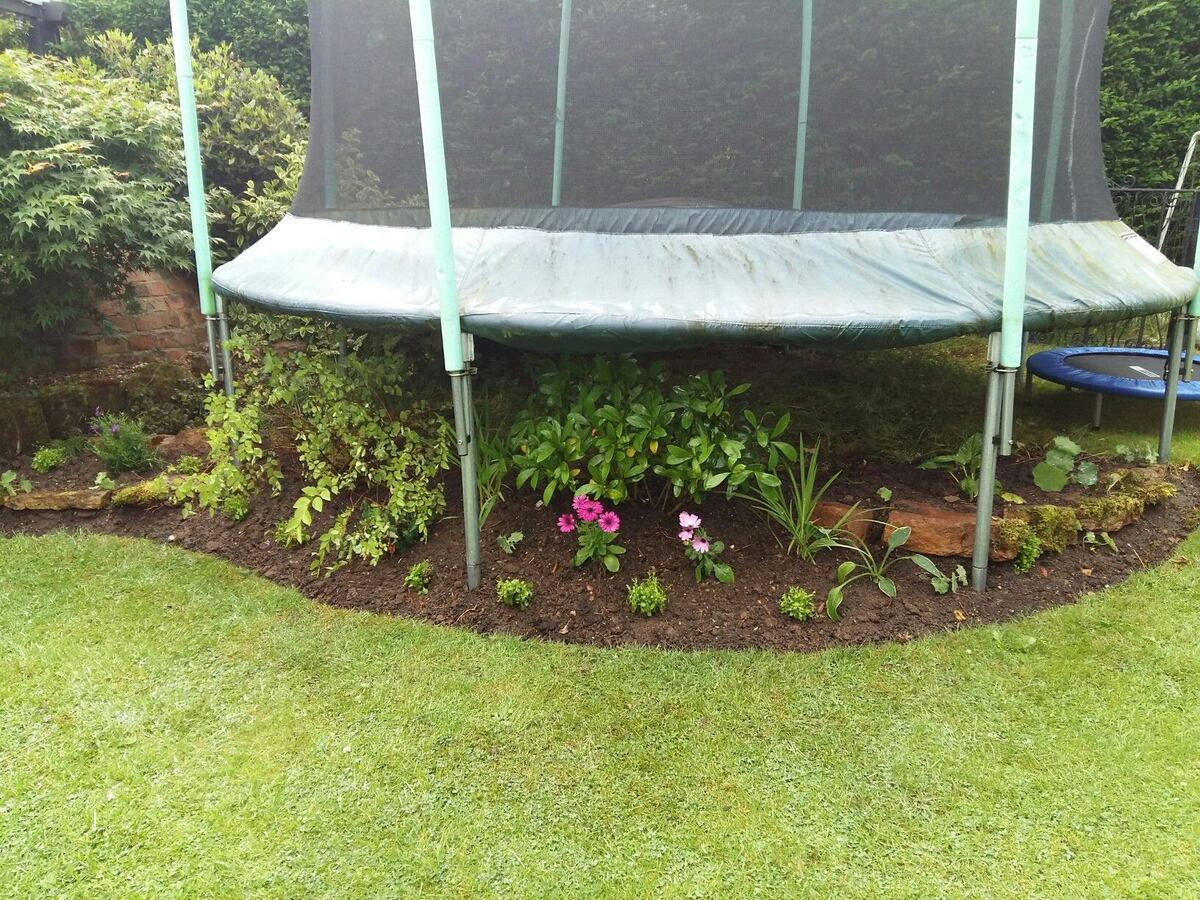
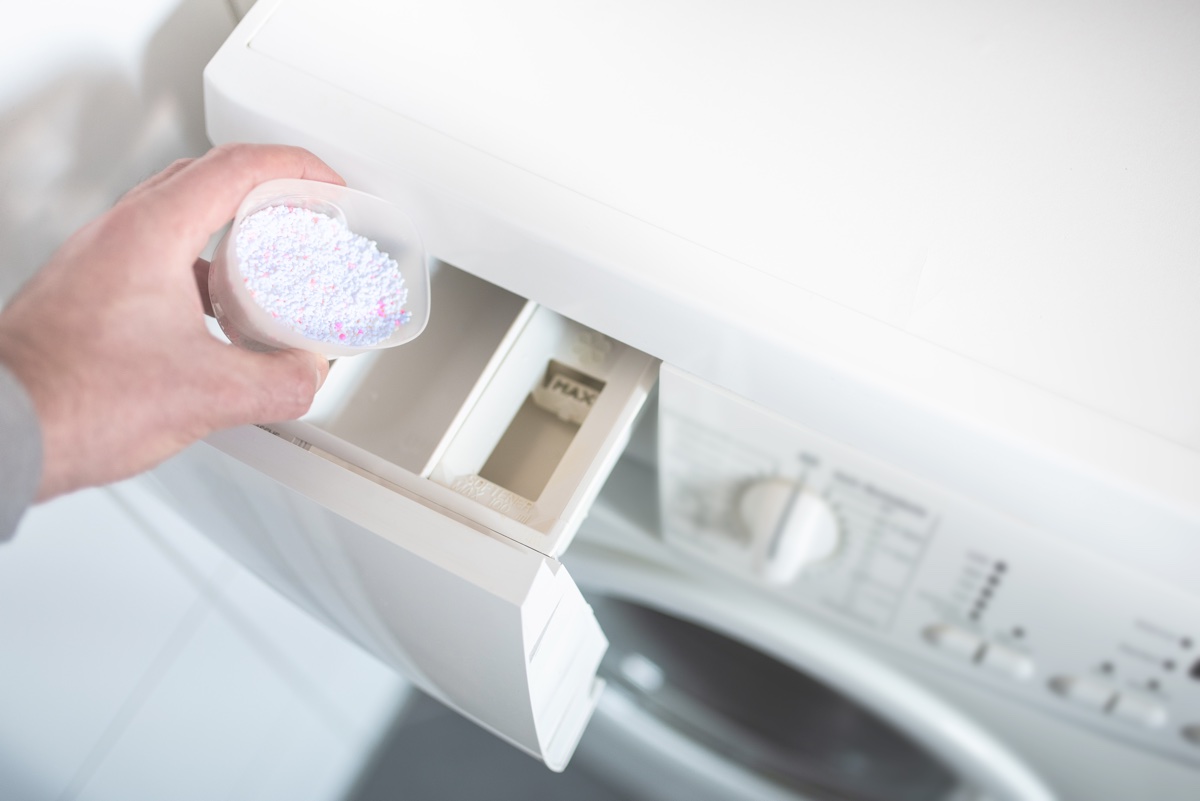
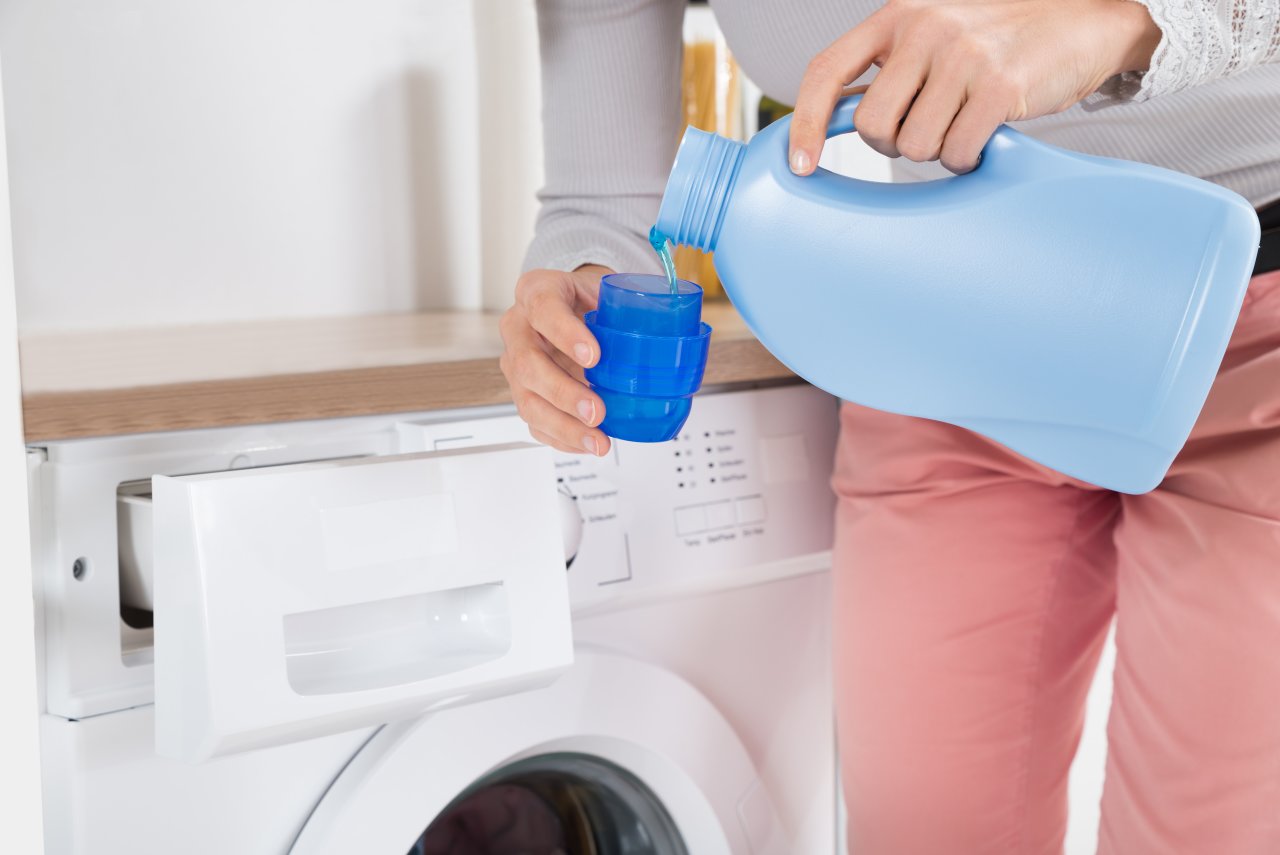
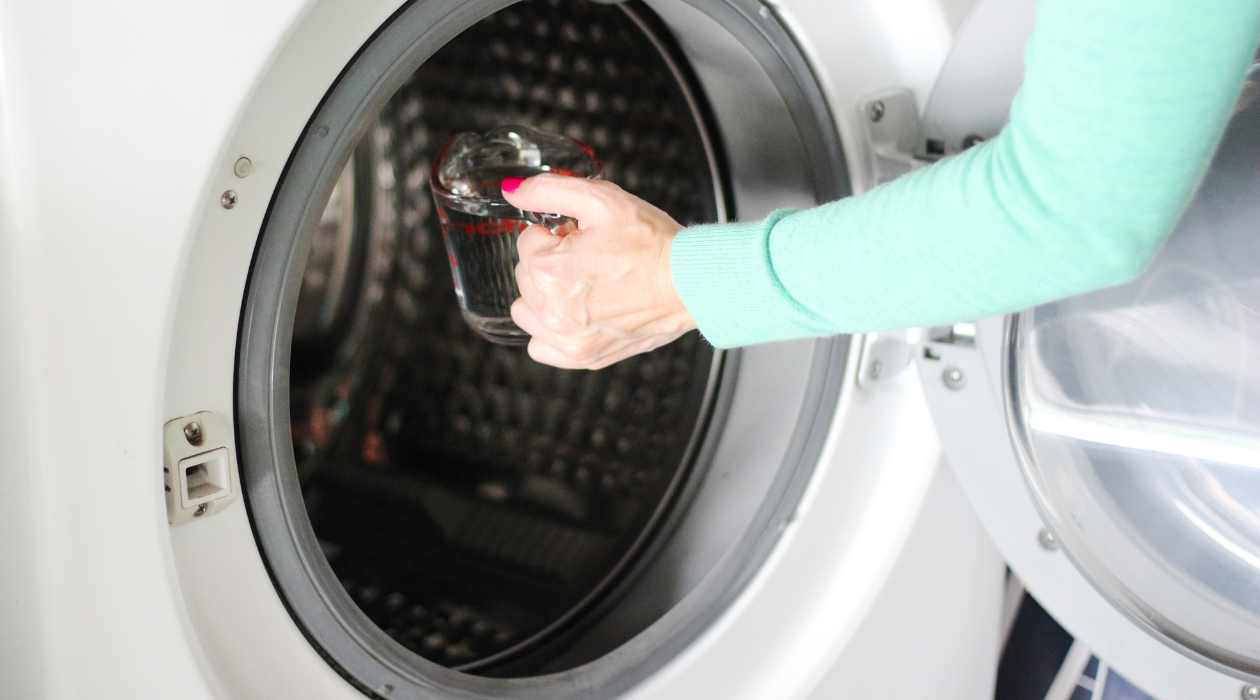
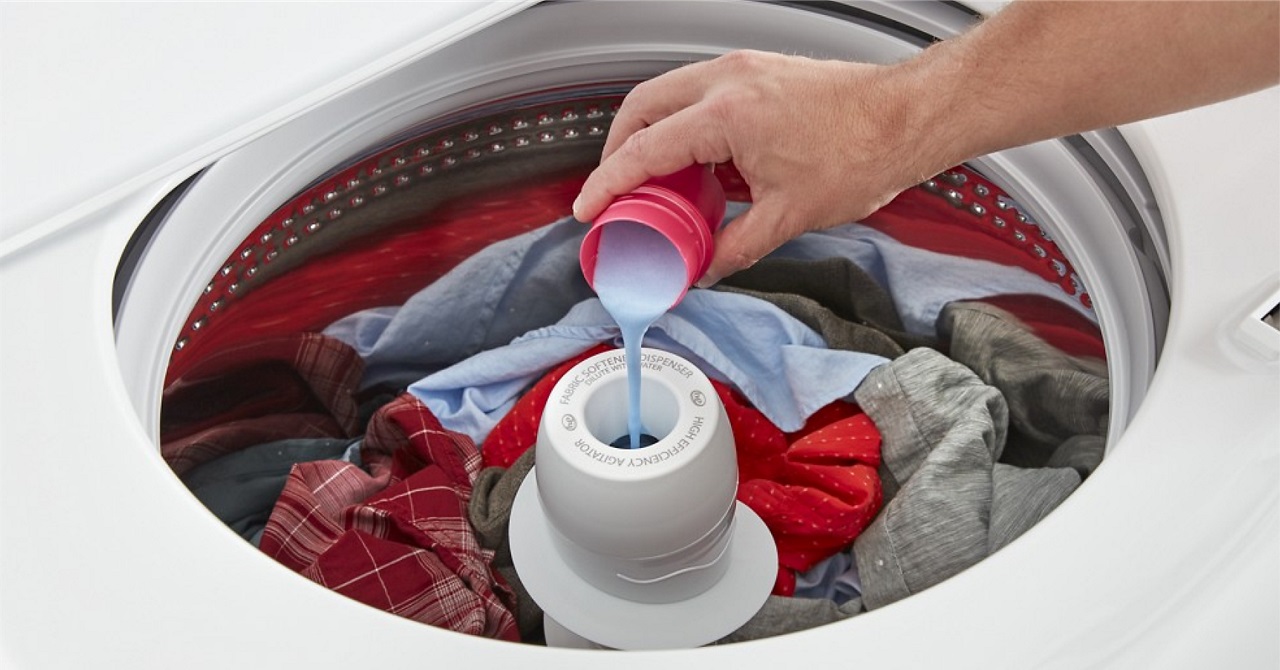
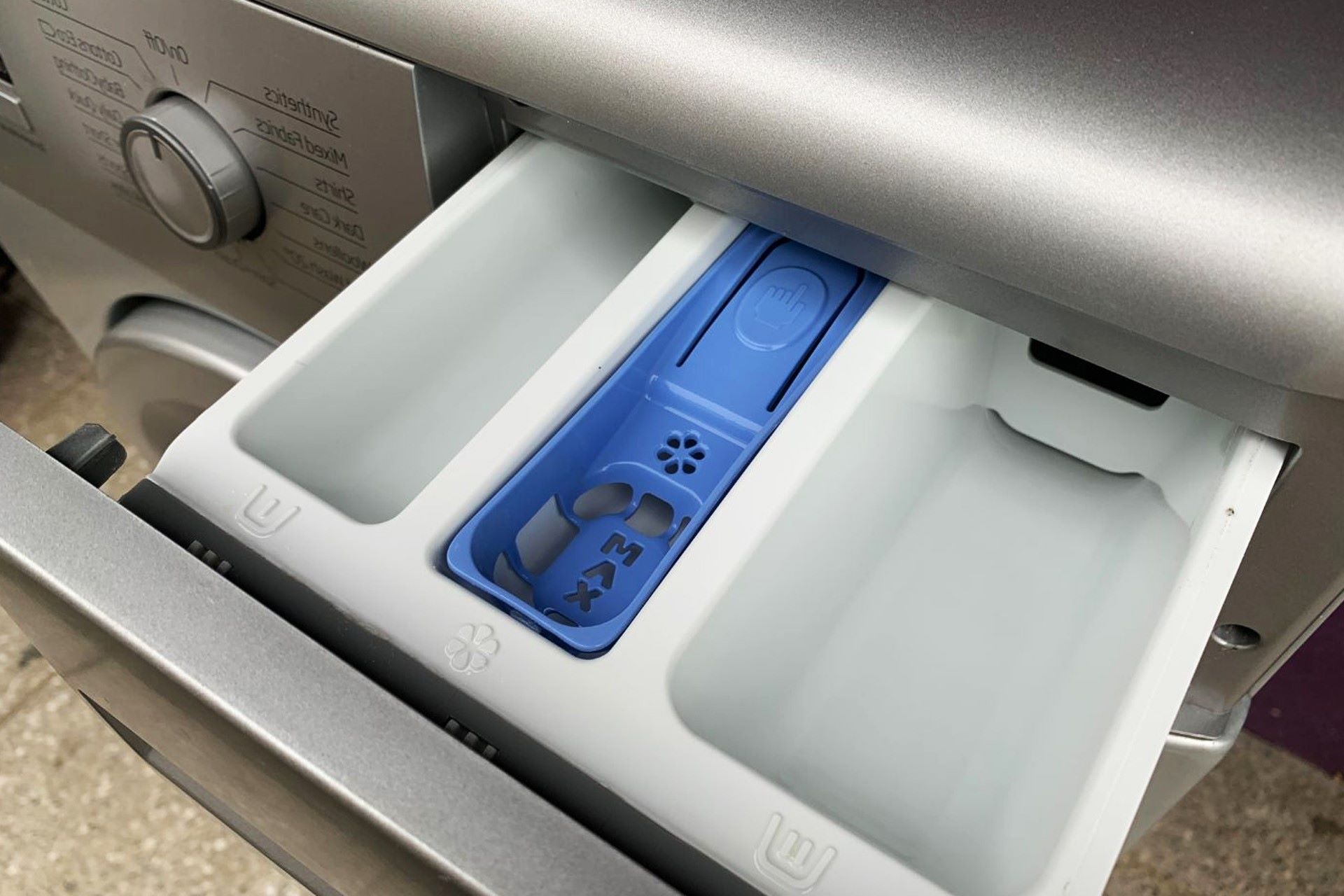
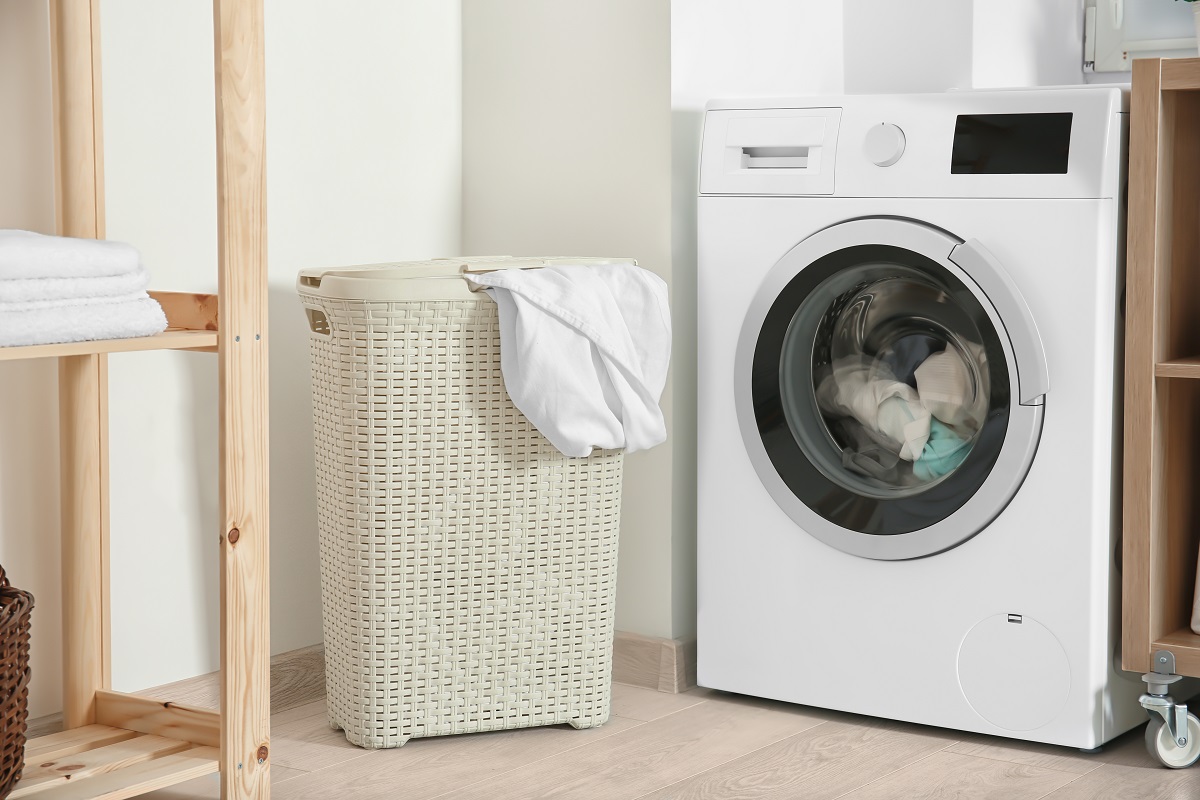
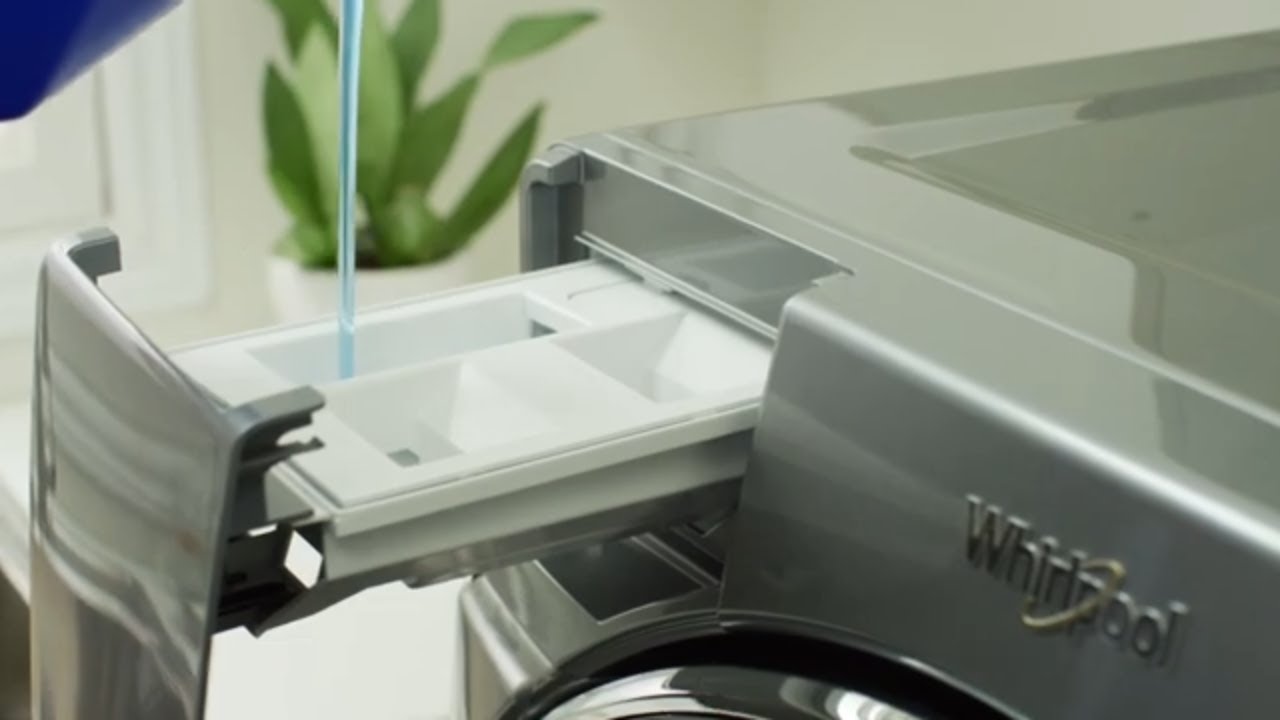
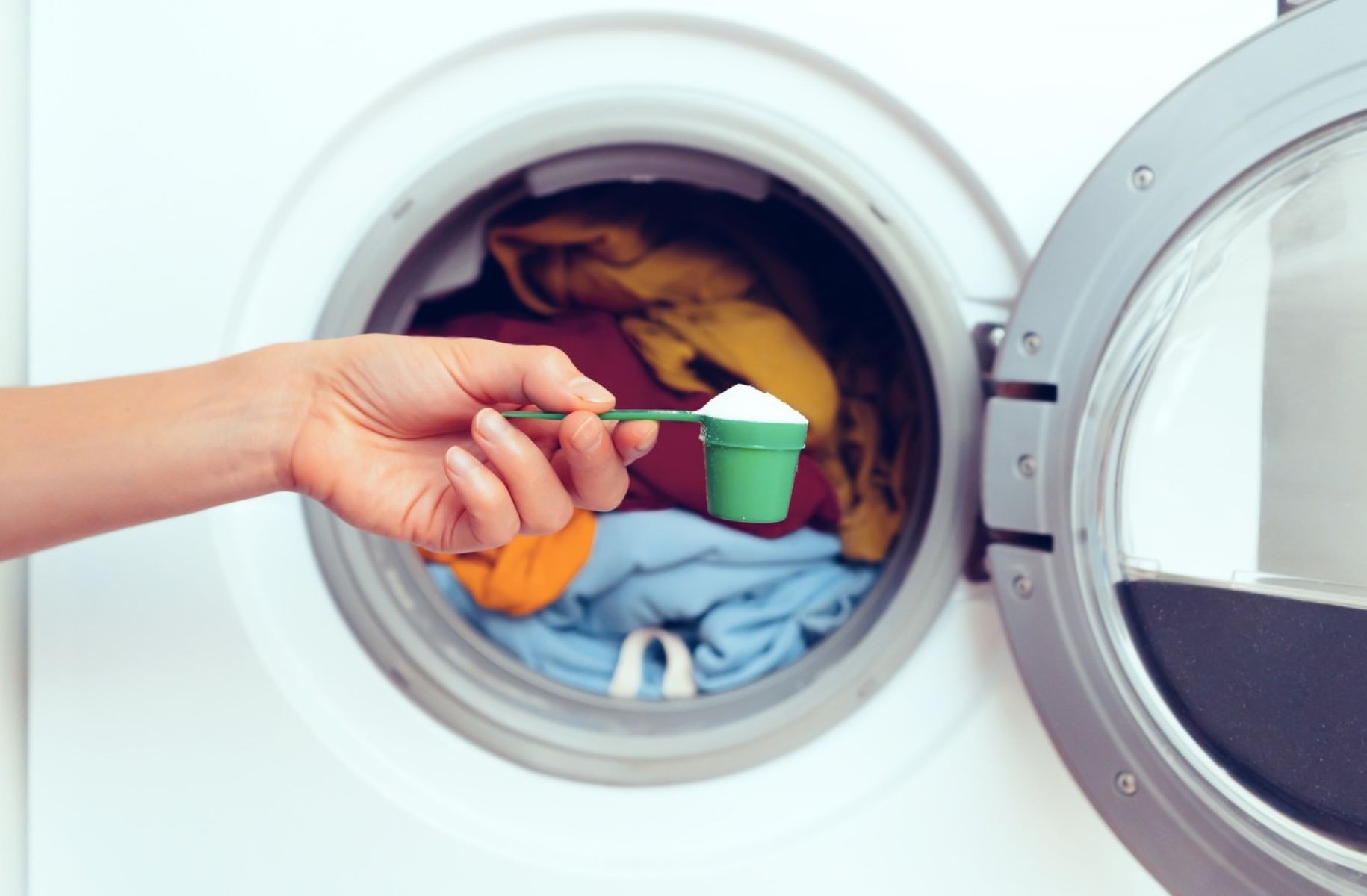
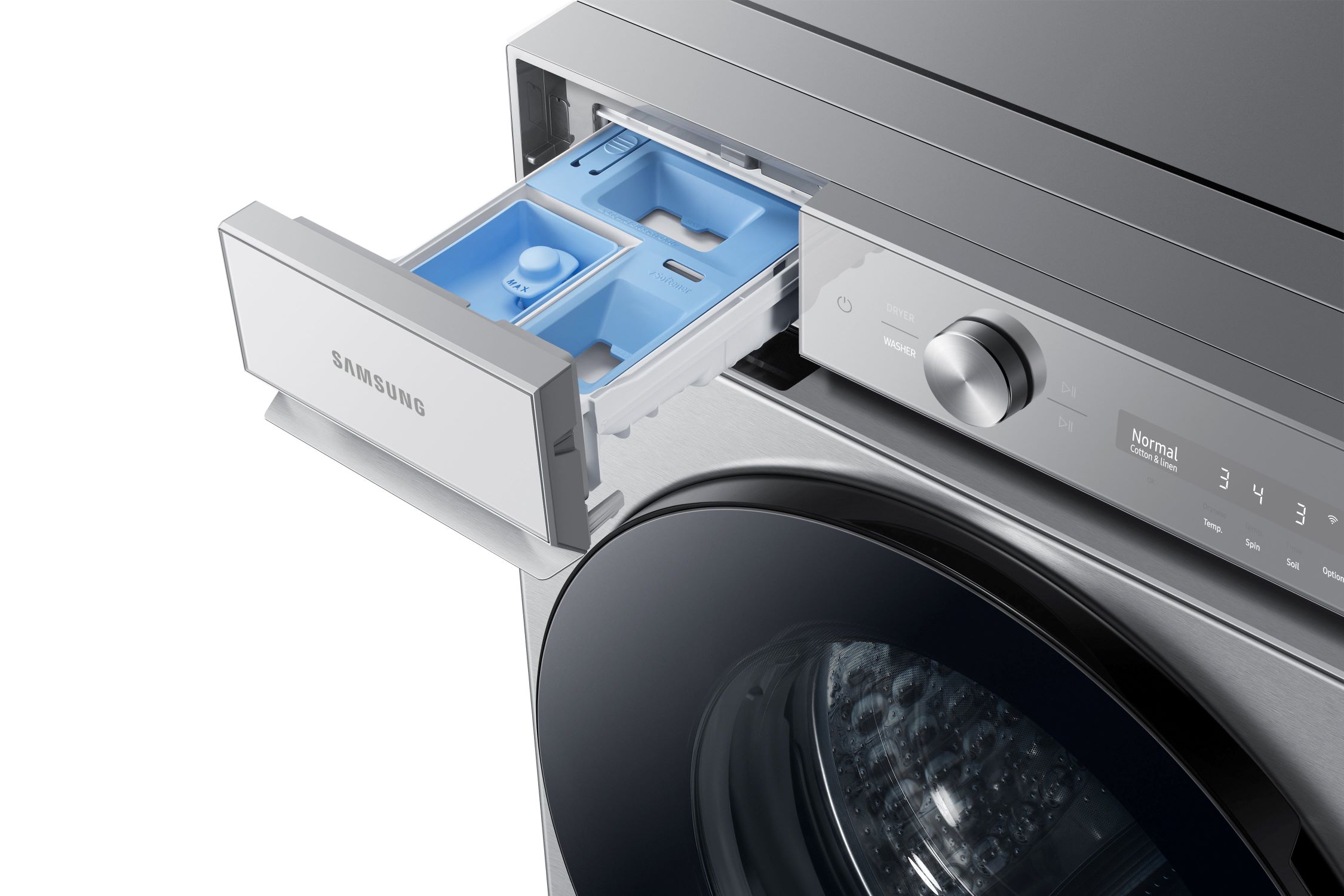

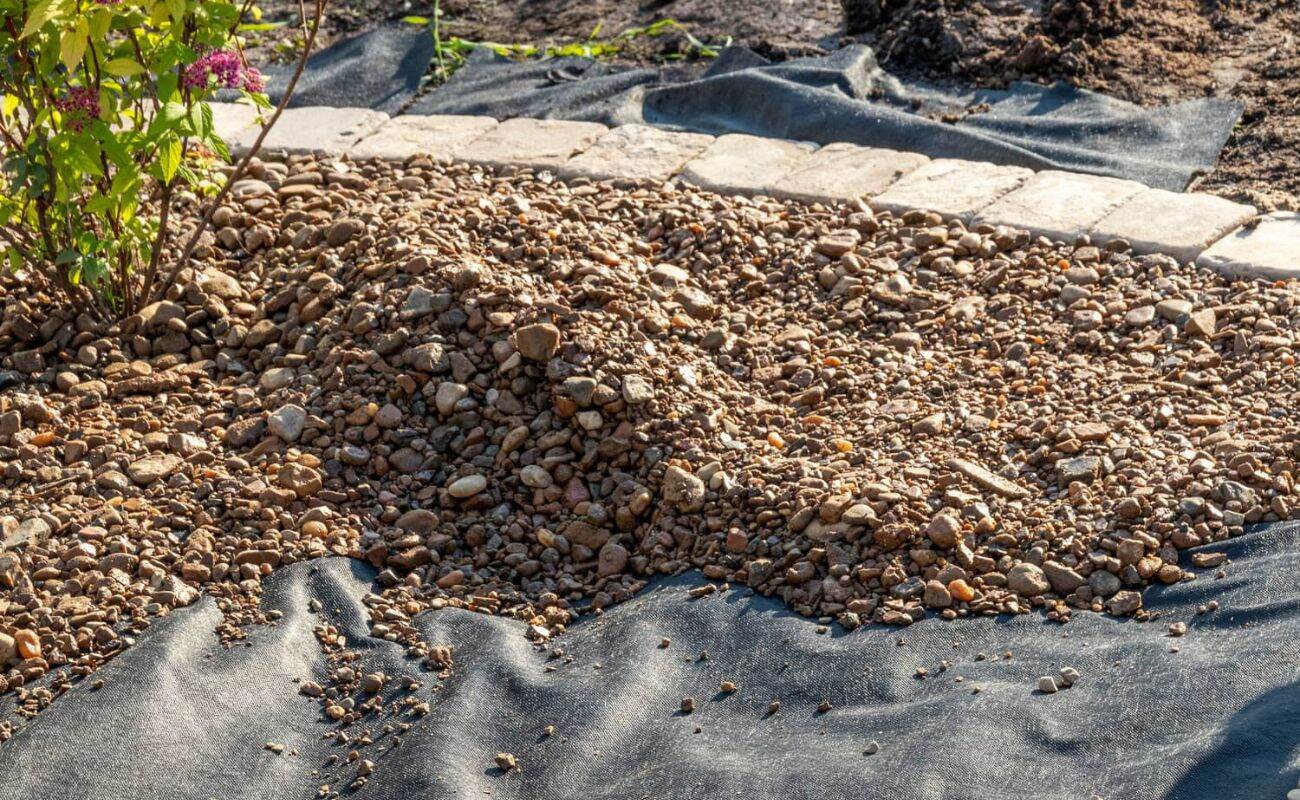

0 thoughts on “What To Put Under A Washing Machine”